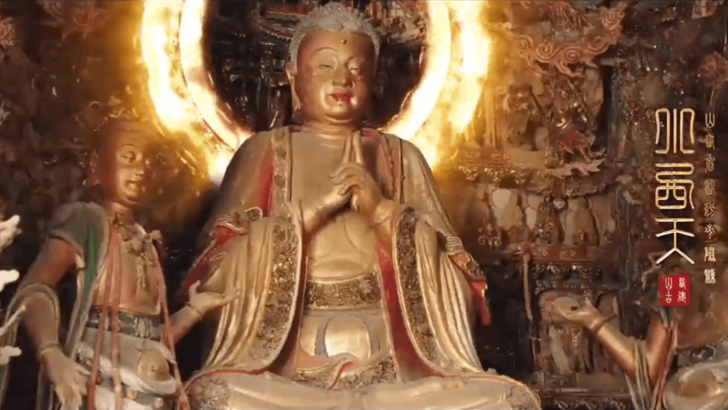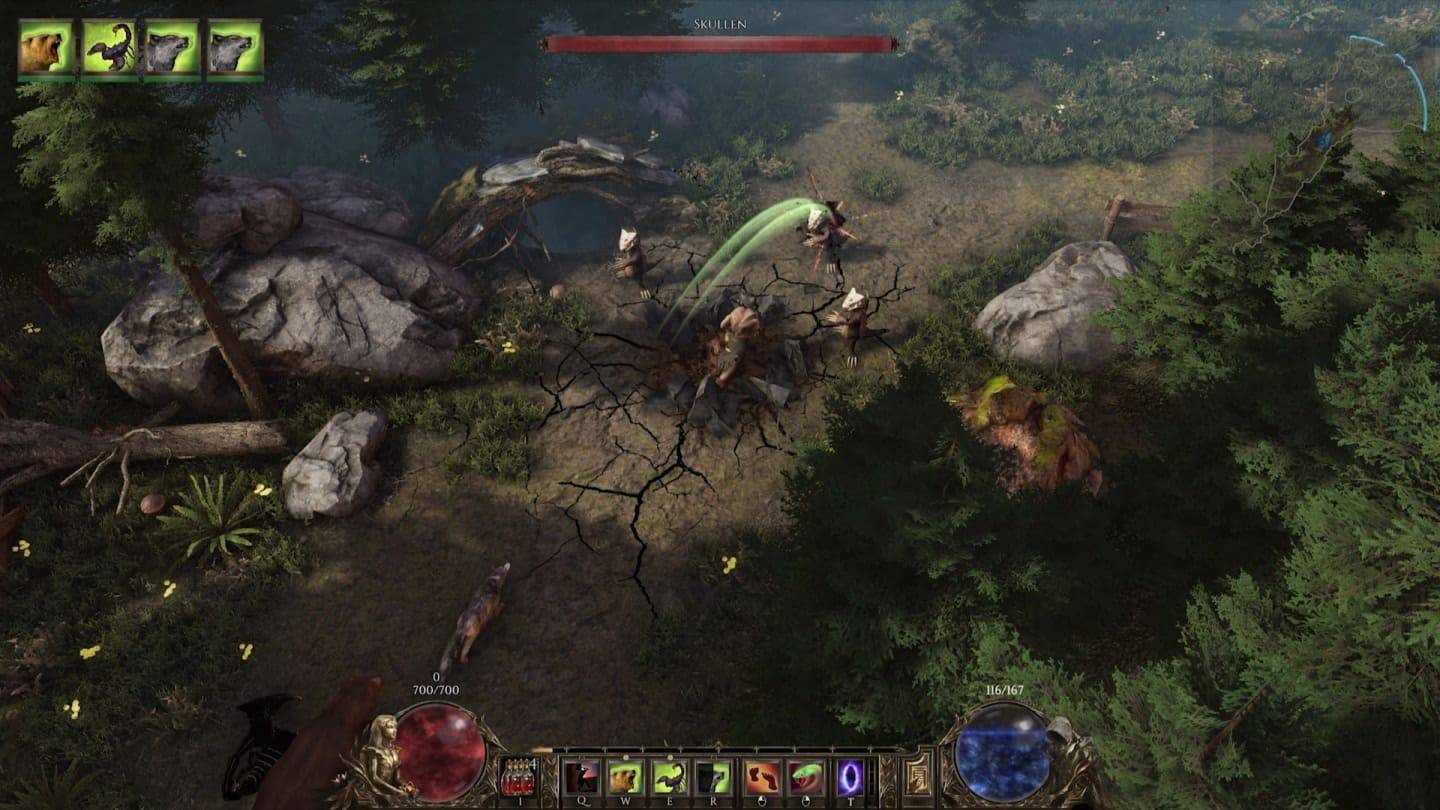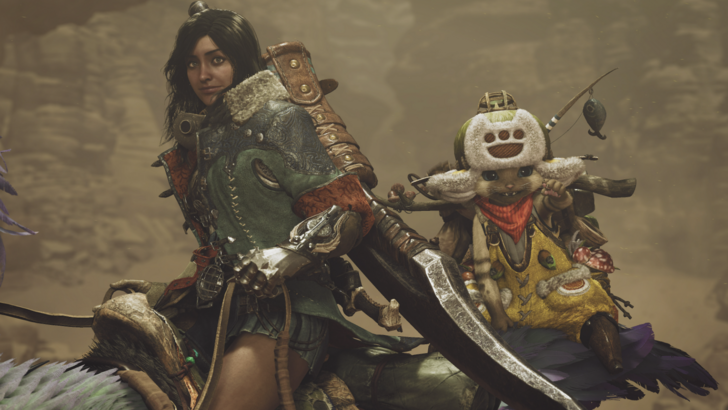
Black Myth: Wukong is not just a game; it's a cultural phenomenon that shines a global spotlight on China's rich heritage. Dive into the real-world inspirations behind the game's mesmerizing landscapes and learn how it's boosting tourism in Shanxi Province.
Black Myth: Wukong Recreates Shanxi’s Cultural Landmarks
Wukong Boosts Tourism in Shanxi Province
Black Myth: Wukong, the captivating Chinese action RPG inspired by the classic "Journey to the West," has captivated gamers worldwide. Yet, its impact transcends gaming, sparking a renewed interest in the cultural treasures of China's Shanxi Province.
The game's stunning visuals, drawn from real locations in Shanxi, have caught the attention of the Shanxi Department of Culture and Tourism. Seizing the moment, they've initiated a campaign to highlight these sites, even planning a special event called "Follow Wukong’s Footsteps and Tour Shanxi."
"We are overwhelmed with inquiries about customized travel routes and detailed guides," the Shanxi Department of Culture and Tourism told Global Times. "We are committed to meeting every expectation."
Black Myth: Wukong is a tapestry of Chinese cultural elements, meticulously woven by its developers, Game Science. The game's world is a vivid reflection of China's cultural and mythological heritage, featuring towering pagodas, ancient temples, and landscapes that echo the strokes of traditional Chinese art. It transports players to an era filled with emperors and mythical beings.
Shanxi Province, a cradle of Chinese civilization, is rich in cultural heritage, much of which is mirrored in the game's settings. A promotional video from last year showcased the game's depiction of the Little Western Paradise, complete with its unique hanging sculptures and the Five Buddhas.
In the video, these sculptures come to life, with one of the Five Tathāgatas extending a welcoming gesture to Wukong. While the Buddha's role in the game remains shrouded in mystery, his dialogue suggests a potentially antagonistic stance.
The game's storyline is still under wraps, but it's clear that Wukong embodies the "斗战神" or "Warring Deity" from Chinese mythology, reflecting his rebellious spirit as seen in the classic novel where he was punished by Buddha for challenging the heavens.
Beyond the Little Western Paradise, Black Myth: Wukong honors other Shanxi landmarks like the South Chan Temple, Iron Buddha Temple, Guangsheng Temple, Stork Tower, and more. However, according to the Shanxi Cultural Media Center, these virtual representations only offer a glimpse into the province's extensive cultural legacy.

Black Myth: Wukong has not only captured the hearts of gamers but has also made history by topping Steam’s Bestseller charts this week, surpassing established titles like Counter-Strike 2 and PUBG. In China, it's celebrated as a pioneering achievement in AAA game development.
Explore the global impact of Black Myth: Wukong further by reading the article below!

 Latest Downloads
Latest Downloads
 Downlaod
Downlaod




 Top News
Top News









